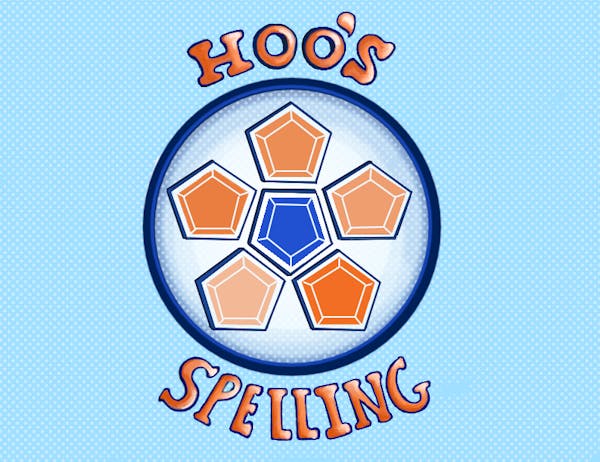CHARLOTTESVILLE'S preservation community believed that it made cultural, economic and environmental sense for the Jefferson Scholars Foundation to incorporate Eugene Bradbury's historic Compton House (Beta House) into the plans for its Fellows Center on Maury Avenue. The site had enough space both to build and preserve. The design would have been architecturally more interesting and environmentally more sustainable by incorporating the Compton house into the project. More importantly, the Foundation could have adaptively reused existing space for $200 a square foot rather than replacing it with new $500 a square foot accommodations. Factoring in demolition costs and the loss of historic tax credits, preservation would have saved the Foundation well over $1.5 million while preserving one of the Charlottesville's most notable 20th-century residences.
The Cavalier Daily's editorial on September 20, 2007, "You Bought It, You Break It," endorsed the right of the Foundation to demolish Compton House. The Cavalier Daily articulated a full throttled property-rights argument: "The most important question here should be the question of ownership. As long as it purchased the property honestly and fairly, the foundation -- and the foundation alone -- should decide what to do with the property." The editorial ignored the fact that Charlottesville's City Council voiced an interest in preservation as part of its deliberations on the Foundation's request for an increase in the city's grant of public tax-free bonding authority for the project. The earlier $18 million authority was conveyed before city officials realized that demolition was a possibility. It seems dubious for a foundation with assets in excess of $225 million to be seeking cheap public financing, but to assume that in this situation "ownership" should trump public interest was certainly an editorial stretch. Community residents do have some claim on local architectural heritage. Asserting this public claim was made more difficult by the fact that Foundation president Jimmy Wright and Foundation architect Robert Moje mixed evasion with deception when speaking in public about their plans and the condition of the Compton house. Two days after Christmas, with many people out of town, the Foundation called in a backhoe operator to demolish the house as quickly as possible, in a way that made even substantial materials salvage difficult.
Recent news reports have now even called into question The Cavalier Daily's assumption that the Compton house was purchased "honestly and fairly." In the view of the Charlottesville city assessor the Jefferson Scholars paid $1.7 million more than the value of the Compton property. The property was never on the open market when it was purchased for the incredible sum of $3 million. The profligacy apparent in the land purchase is now being followed by the profligacy of spending in excess of $20 million for, in the words of Jimmy Wright, "a very nice building, a very, very nice building." This has set the bar for the design pretty high; we will all have to now wait -- and judge.
The program proposed for the Fellows Center is untested and questionable. It assumes that it is possible to build a vibrant graduate student community by providing students with private offices on Maury Avenue, completely apart from their departmental communities. It assumes that receiving tuition and stipend checks signed by the Jefferson Scholars Foundation will provide sufficient common ground for students from Darden, Microbiology, English and Art History to hang out together on Maury Avenue, on the far edge of the University grounds. This goal obviously works at cross-purposes with efforts throughout the University to build community among graduate students and faculty within their departments. We don't know whether the Center's program will, or should, succeed. One thing we do know is that staff of the Foundation will be the everyday beneficiaries of some of the most expensive office space anywhere at the University. Alumni supporters will also receive exclusive parking privileges for football games at Scott Stadium.
Perhaps the question we should be asking is whose money is being squandered on this project? Just as residents of Charlottesville had some ownership stake in the future of the Compton House, the Jefferson Scholars money belongs in some measure to all who have contributed to the Foundation in the past and to current and future generations of students. As a community we need to explore whether the Foundation leadership has an "ownership" right to compromise its fiduciary responsibilities to the broader University community. In the mean time, there are many venues for people to support the University quite apart from the cultural, economic and environmental irresponsibility that currently envelops the Jefferson Scholars Foundation.
Daniel Bluestone is an associate professor of Architectural History.






